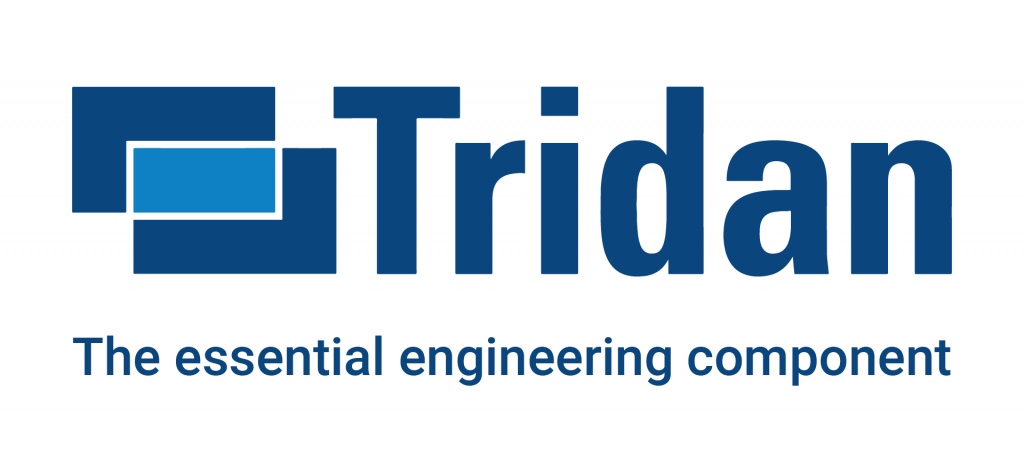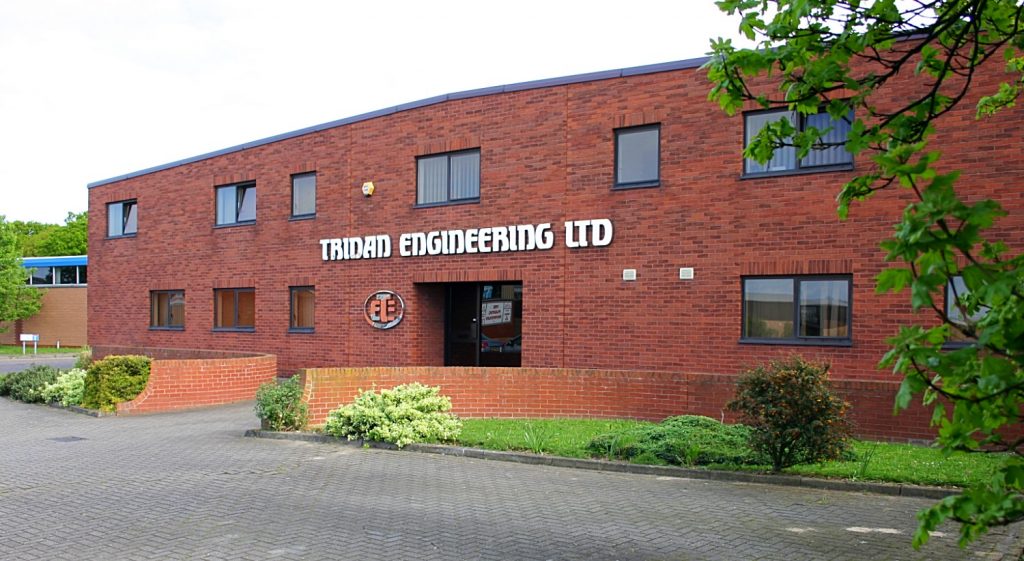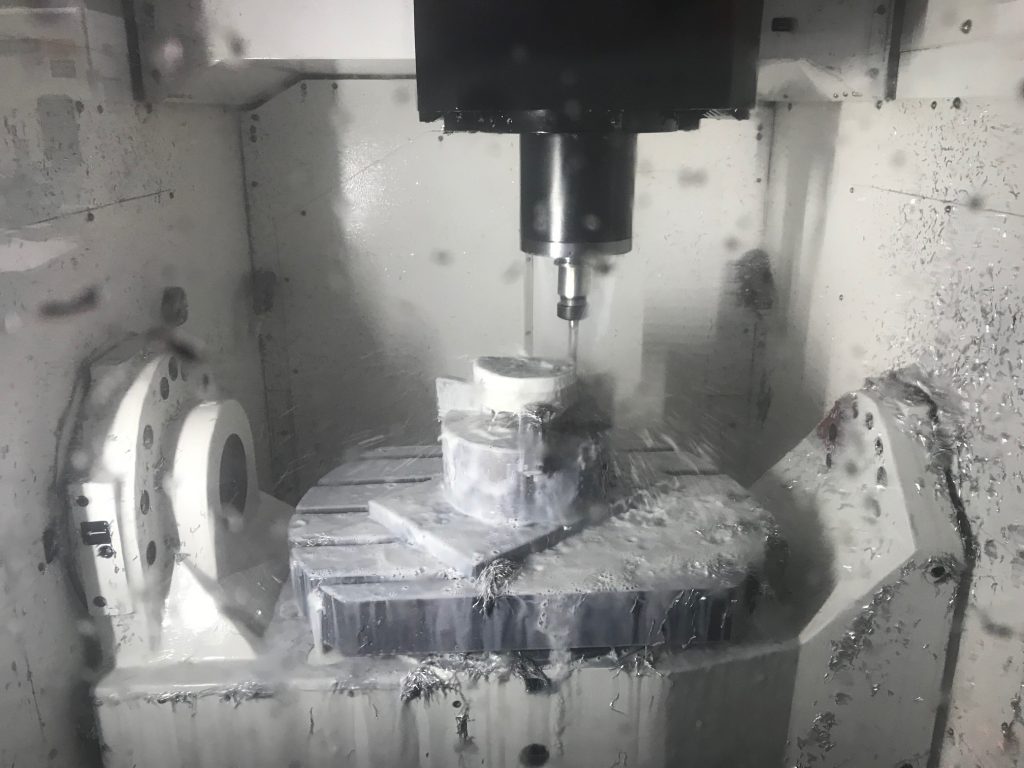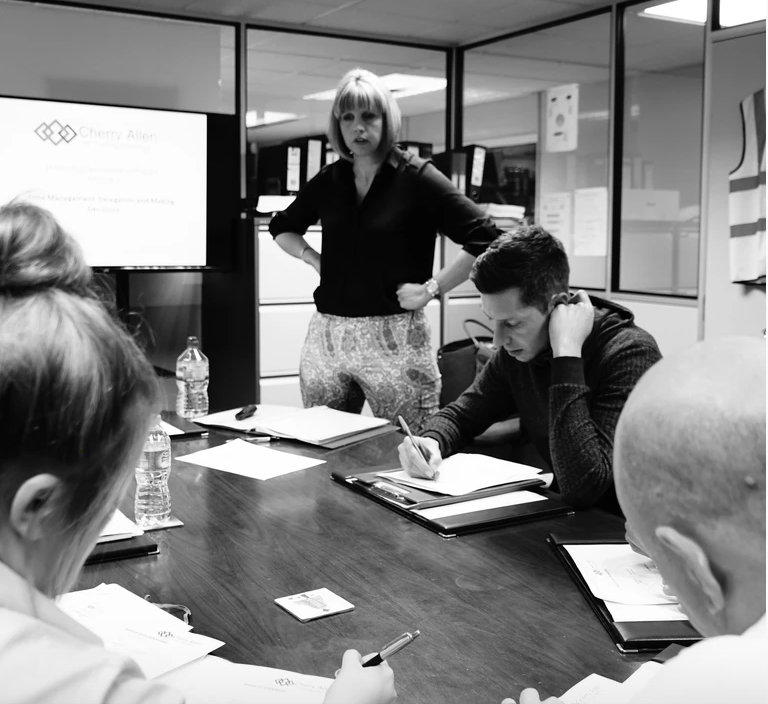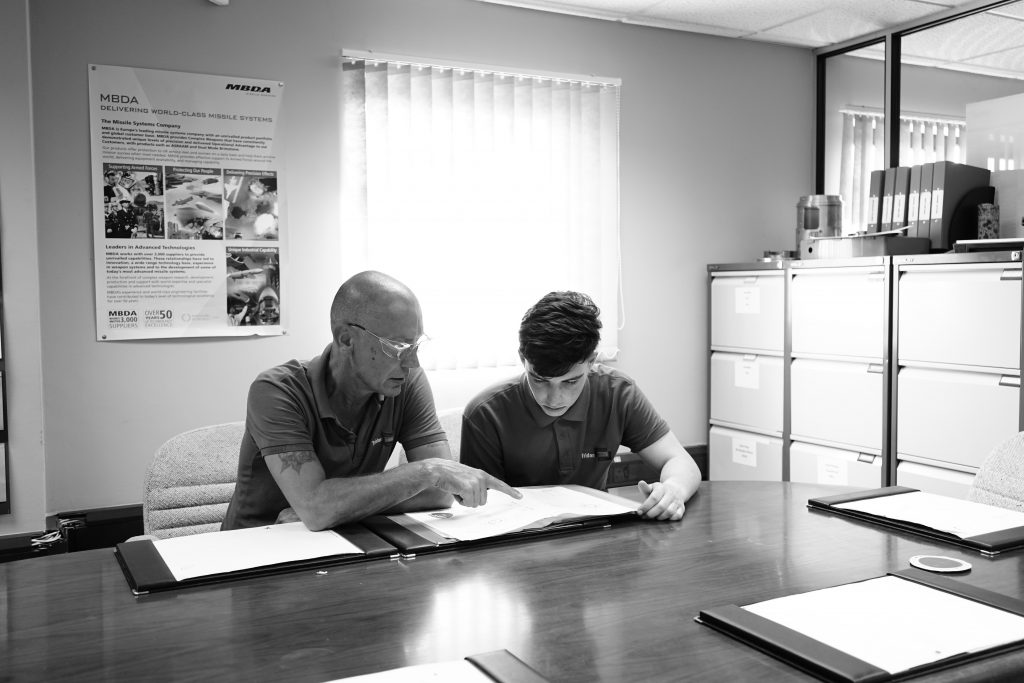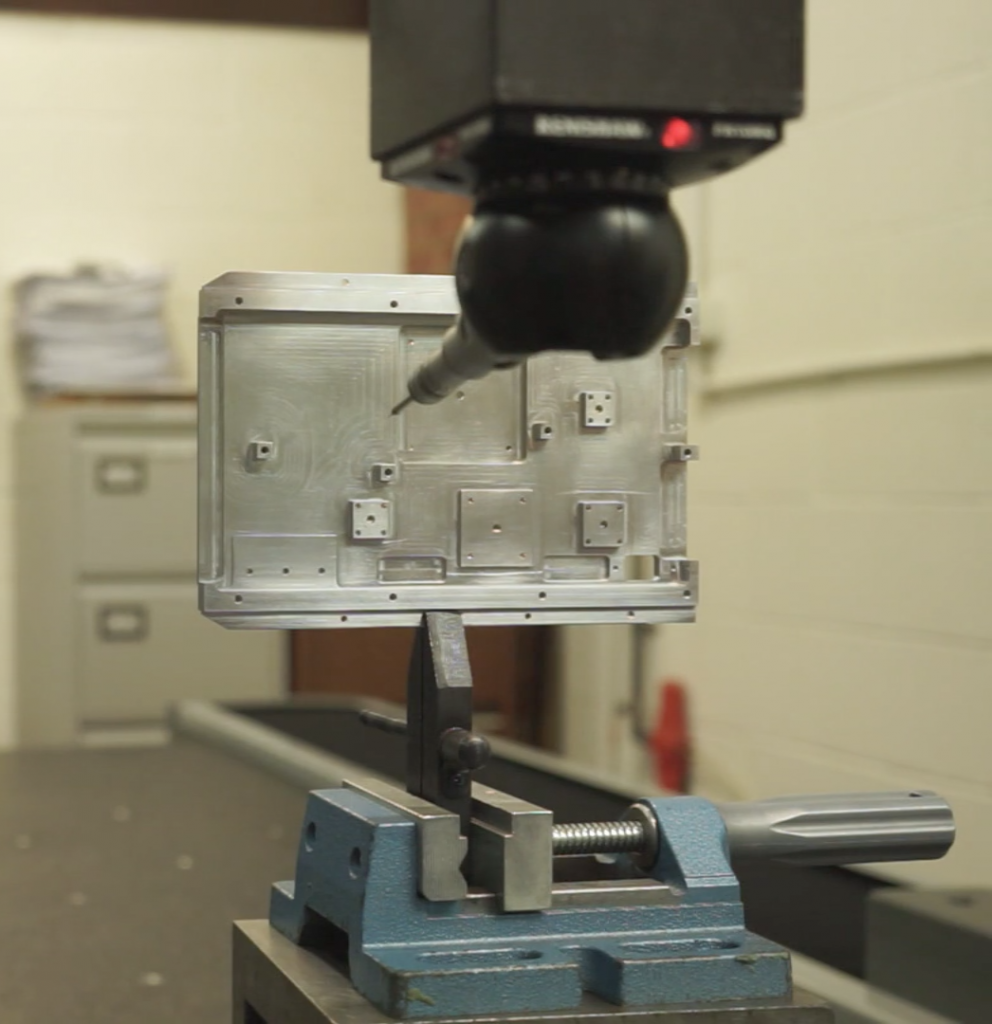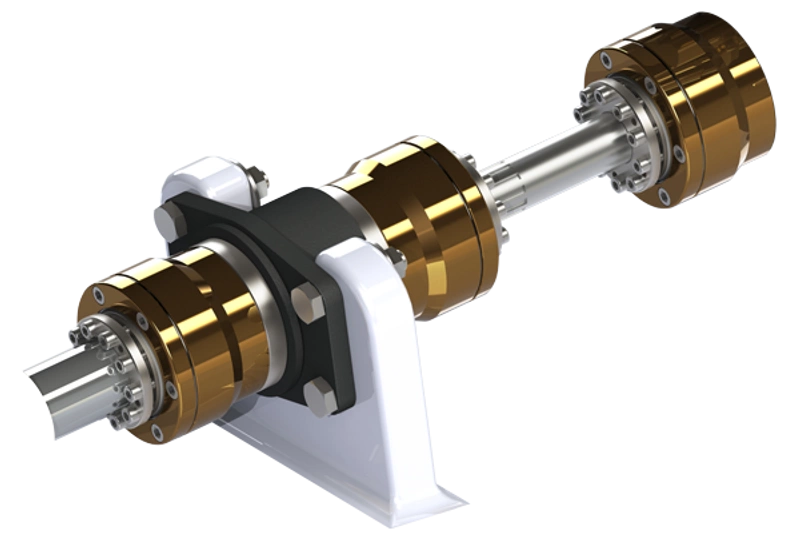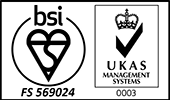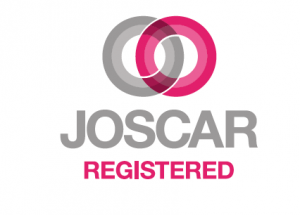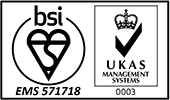The challenge
In our second month we ‘re looking at our CNC Turning operation.
The lead on the project, Tom Kidd, is not only looking at driving efficiency in our Turning operation but he is also the mentor for Tridan’s Apprenticeship programme. For our first case study this month Tom introduces Matt who is now in the second year of his apprenticeship and currently works on the CNC Turning machines.
The next case study for June will focus on our trochoidal turning tooling improvements.
Everything we do is precision focused so our task was to find those small areas of improvement and showcase how they make an overall big improvement.
Next month we’ll be looking at environmental and logistic improvements.
CASE STUDY 1 – Apprentice intake
As a business, we have had a good track record with our Apprentice retention and success but not all made the grade. We analysed why this might be and concluded that we may not be getting as much as we possibly could from our interview process. Looking back at previous intakes successes and failures we found that the people that interviewed well were not always the ones that succeeded within the organisation.
We took a hard look at our interview process, identified what we would like to get from it and what we would like to find out about our candidates. The results were surprising. We found out that it was not just an interest and understanding of engineering we required but an understanding of how these young people ticked and interacted with their peers.
From here we devised a two-part interview process, the first part being a formal interview. From this we invited the successful candidates back for a practical exercise where they are split into small groups. Last year we picked a bridge building day where the candidates had to construct a bridge using only the material provided to span a specified gap which would hold the maximum possible weight.
This worked brilliantly and enabled us to make a much more rounded decision when offering apprenticeships because we could observe the candidates in a relevant environment within a group situation whilst resolving an engineering problem.
We have seen a much higher success rate of apprentice retention since the implementation of this new interview strategy. I wonder what the next apprentice challenge will be?
CASE STUDY 2- TROCHOIDAL TURNING TOOLING TRIALS
“How do you solve a problem like Titanium, especially when you are trying to hold a tight tolerance on a part with thin wall thickness?.”
This is a question that we at Tridan faced when machining a part for one of our aerospace customers. The part consisted of a large bore with internal rib (to be milled and drilled on further operations), tapering down to a smaller bore with a fine thread and tied up counterbore. Wall thickness of the part was 1.6 mm which followed the internal profile and the part was 280mm long, with a true position of <.05mm from three Datum faces.
Conventional turning practises were initially applied and although the part could be machined, unsurprisingly, the Titanium would have a mind of its own, we were putting too much heat into the part and getting large vibration marks on surfaces. We were slowing feeds and speeds down to the point that it was becoming unviable to produce the parts.
In collaboration with one of our preferred tooling suppliers, Iscar, we set about finding a solution.
Our designated tooling Rep looked at the part and suggested a different machining strategy that we as a company had never employed. We were about to be introduced to Trochoidal turning. We had used Trochoidal milling on various parts, and this has now become the norm at Tridan, but we had never tried turning. We predominately programme in Mazatrol, but for this we needed to have ISO code. Our production engineering department set about this code using the speeds, feeds, and cutting technique & tools supplied by Iscar.
By using a round insert and a roll in tool path approach rather than a ramp in path, and smaller depth of cuts, tool engagement was dramatically reduced, allowing us to significantly increase cutting speeds and feeds. Heat from the tip can be a killer on Titanium, but Trochoidal turning allows for greater chip control, with better chip control, you get better heat dispersal through the chip, as well as vastly improved tool life, resulting in significant tooling and time savings, as much as 42% compared to conventional strategies, and stable accurate parts being produced.
